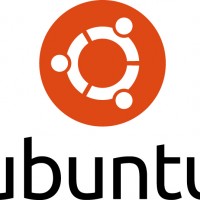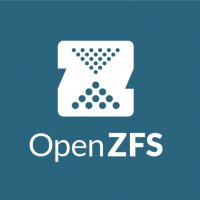Month: January 2014
-
GIMP: How to save as .jpg and not .xcf?
This is a question we get asked a lot from people who are trying out GIMP as a Photoshop alternative. If you hit Save or Save As, you are only presented with the option to save as a .xcf file. To save the image you are working on as a .jpg we need to…
-

Subsonic on Ubuntu: How to upgrade from 4.8 to the new 4.9 release
Subsonic 4.9 is out! The installation instructions page doesn’t explicitly say anything about upgrading from a previous version – fortunately, though, you don’t need to do anything different. First, grab the .deb file – currently this works: wget http://aarnet.dl.sourceforge.net/project/subsonic/subsonic/4.9/subsonic-4.9.deb Install: sudo dpkg -i subsonic-4.9.deb If you have an existing 4.8…
-

Ubuntu: How to see information about your system’s CPU
To find out information about the CPU used in the system, we can use the following command: lscpu This gives us useful information about the CPU, such as the number of physical cores, virtual threads, virtualization support and more. An example output from a Haswell Xeon system looks like: Architecture: x86_64…
-

Ubuntu: Viewing all available block devices or hard drives, their mount point and their filesystems
To list the available hard drives (to be specific, available block devices) we use the following command: lsblk This will provide output in the following format: NAME MAJ:MIN RM SIZE RO TYPE MOUNTPOINT xvda 202:0 0 8G 0 disk ├─xvda1 202:1 0 7G 0 part / ├─xvda2 202:2 0 1K 0 part…
-

Ubuntu: Viewing past dmesg outputs from previous sessions
Sometimes you may want to check the output of dmesg from a previous session. This can provide some useful information – for example, whether an error has only just started appearing or whether it was present during previous sessions. Ubuntu archives old dmesg outputs in the following location: /var/log We can see…
-

Fedora 20 – How to make SSH automatically start on boot (sshd.service)
If you are coming to Fedora from Ubuntu you may be surprised that installing the package doesn’t automatically start the SSH daemon on boot. We can change this with the following command, run as root: systemctl enable sshd.service The next time you boot your SSH server should have started automatically.
-
Fedora 20: Installing packages
To install a package on Fedora via the command line, we use the yum command like so: yum install [package] Using tmux as an example: yum install tmux Loaded plugins: langpacks, refresh-packagekit Resolving Dependencies –> Running transaction check —> Package tmux.x86_64 0:1.8-3.fc20 will be installed –> Finished Dependency Resolution Dependencies…
-

Fedora 20: Updating via the command line
Fedora, unlike Ubuntu with apt-get, uses yum to update it’s software. Run the following as root (either by logging in as root or using su in front of the command): yum update You will see a list of the updated packages and a confirmation at the end. On our test system it…
-

ZFS: Adding a new mirror to an existing ZFS pool
Mirrored vdevs are great for performance and it is quite straight-forward to add a mirrored vdev to an existing pool (presumably one with one or more similar vdevs already): zpool add [poolname] mirror [device01] [device02] [device03] If it’s a two-way mirror you will only have two devices in the above. An example…
-
XenServer 6.2: Passing through multiple PCI or PCI Express devices to a Virtual Machine (VM)
Following the previous article on passing through a PCI or PCI Express card to a virtual machine someone asked what the syntax was to pass through multiple devices to a VM. Using our previous system as an example, we run lspci to find each item we want to pass through. Using the same system…